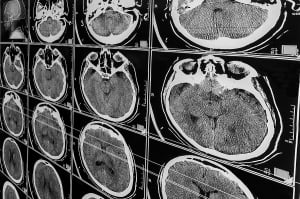How Portable MRI Systems Could Transform Medical Imaging
 The medical industry has rapidly changed and evolved over the last year to handle the global Covid-19 pandemic. Social distancing has led to medical diagnostic work being undertaken in completely new ways to keep patients and doctors safe.
The medical industry has rapidly changed and evolved over the last year to handle the global Covid-19 pandemic. Social distancing has led to medical diagnostic work being undertaken in completely new ways to keep patients and doctors safe.
One of the more notable widespread adoptions is the increased use of remote diagnostic systems, where secure medical image transfer services are used to get a second opinion from the best doctors across the world.
Another innovation that is currently evolving is the idea of the portable, bedside MRI, which would save patients from being transferred to other wings of hospitals or to other buildings to be effectively diagnosed.
A recent study in JAMA Neurology showed that portable MRI machines found important neurological findings in 29 out of 30 patients, showing the capacity for an effective portable MRI is exceptionally strong.
How Does A Portable MRI System Work?
Magnetic Resonance Imaging, or MRI, is a three-dimensional imaging tool that is vital in detecting diseases.
Unlike x-rays, which are two dimensional and best suited for detecting bone breaks, MRIs use powerful magnets to produce a magnetic field that pulls protons in the body into alignment. Once it is turned off, the sensors detect the energy that is released as the protons realign.
Different tissues in the body realign at different times so MRI scanners can be used to image muscle structure better than with computer tomography or x-rays. They are typically used for detecting diseases, knee and shoulder injuries as well as brain injuries.
The difference between traditional MRI scanners and this new wave of portable MRI machines is the strength of the magnet. Portable MRI systems do not currently develop images of the same quality as the larger MRI chambers.
The tradeoff, however, is that they can be used at bedsides, use significantly less energy and because they use low-magnetic-fields rather than the powerful magnetic fields in a traditional MRI. They can be used by people with implants, pacemakers and cochlear implants.